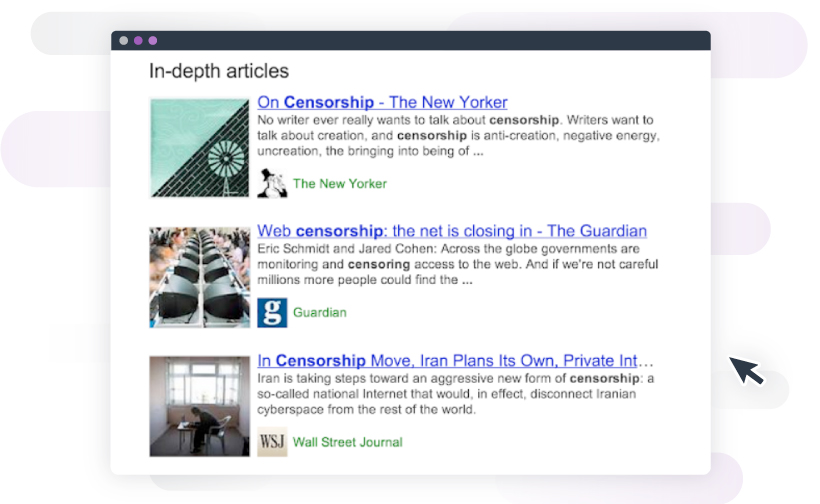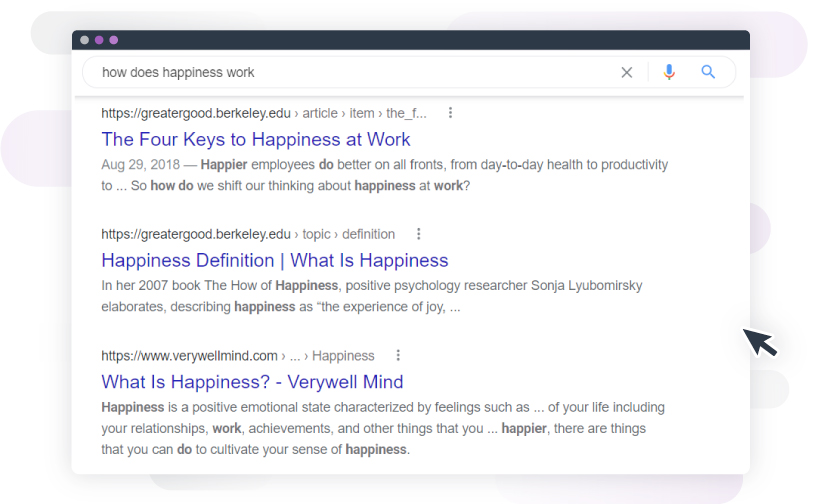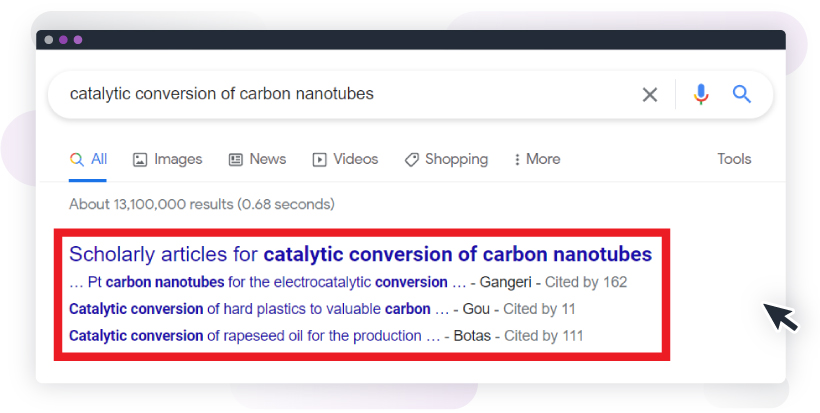What are in-depth articles? In-depth articles are one of Google’s search engine results page (SERP) features that can show up in addition to the blue organic links.
In-depth articles are one of Google’s search engine results page (SERP) features that can show up in addition to the blue organic links. They began as a way for Google to highlight insightful long-form content, especially those written by authoritative publishers on broad topics like happiness, engineering, or political issues.
The SERP feature has evolved significantly over the years and is the perfect example of why SEO practitioners need to stay current to be effective at their craft. If you’re interested in ranking for in-depth articles, here’s what you should understand about the feature’s current form and how it got there.
The history of Google’s in-depth articles
Like many SERP features, in-depth articles have gone through a few refinements over the years.
Since their first implementation in 2013, they’ve been through three distinct stages, which are:
- Original: The in-depth articles feature was released to give users additional insight into wide-ranging topics. It highlighted three detailed pieces, usually written by “well-known publishers,” and showed up as a separate block with distinct visual identifiers (block title and logos for each listing).
- Refined: In 2015, Google made in-depth articles indistinguishable from traditional organic results. They still showed up on SERPs, but the pages just looked like they had 12 organic search results instead of 10.
- Current: In 2019, Google seemingly de-emphasized in-depth articles. They now favor the scholarly articles and top stories SERP features.
While Google has officially stated that in-depth articles are still in play, they don’t appear to show up on SERPs often anymore, if at all.
In-depth articles vs. scholarly articles and top stories
Scholarly articles are often seen as the modern incarnation of in-depth articles. The feature provides links to three pages with more profound insight into a user’s search than the average link. However, scholarly articles focus on content from academic authors on more scientific subjects.
The format is also slightly different from the original in-depth articles feature. The logo is not present for each listing, but it does provide the site title, author, and the number of times people have cited the piece.
Scholarly articles have seemingly taken over the in-depth articles spot, but they’re not the only stories-oriented feature that Google now includes in SERPs.
The top stories feature is another that highlights notable articles, though with an emphasis on timeliness. Those articles usually cover current events, and their sources tend to be well-known news outlets.
Examples of the progression of in-depth articles on Google’s SERP
1. Example of original in-depth articles: “web censorship”
2. Example of in-depth articles without the original visuals: “how does happiness work”
3. Example of modern scholarly articles: “catalytic conversion of carbon nanotubes”
What does an in-depth article provide?
The original, in-depth articles feature provided a list of three links (usually from authoritative publishers) with an unusually insightful response to a user’s search. Each item on the list also displayed the site logo, the title, and the author (if known).
Google eventually replaced in-depth articles with the scholarly articles feature. It provides three similar links, but they’re more likely to be written by academics and cover scientific or research-intensive subjects.
The original block varied in its position among the other traditional organic results, but it tended to show up toward the bottom of the SERP (if not at the very end). Scholarly articles, on the other hand, are usually shown at the top.
What type of content is used for in-depth articles?
The in-depth articles feature has always served to highlight pieces from authors who can address searches in a uniquely authoritative way. In-depth articles were primarily evergreen content written by well-known publishers and news outlets. Modern scholarly features focus on academic pages and research papers.
To compete for these spots, it helps to use the Schema.org article mark-up on your pieces. Google can then index them and pull the data necessary for the SERP feature more easily. Of course, you’ll also need to follow traditional SEO best practices (target keywords, build links, cultivate domain authority) to have a chance.
Publish high-quality, in-depth articles that boost your search engine rankings with the help of ClearVoice. Talk to a content specialist about developing a content strategy for your brand today.






